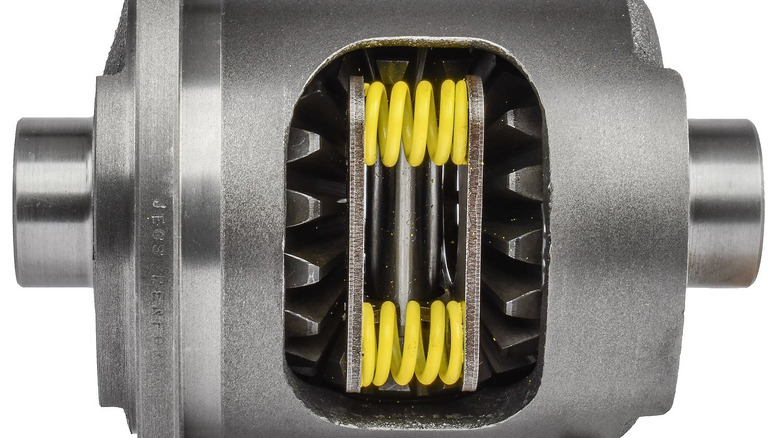A healthy brake system in your car should make a brake pedal feel responsive and easy to push. But not too easy either, because the pedal shouldn’t flop or fall to the floor easily. It also should not feel like you have to be a professional weightlifter to stop your car.
Finding yourself in a situation where you cannot easily stop because of a hard brake pedal is a scary experience. Especially if it happens on a busy highway, where each driver has to be extremely attentive and careful in order to keep himself and others safe. If it ever happens to you, don’t panic, keep trying to stop, but don’t make sudden turns and moves, so you don’t lose control of your vehicle.
Your best bet to avoid this and any other malfunctions would be to regularly check your vehicle at a car mechanic. Once every six months would be a good timing. But if it still happened, this article would help you to learn what could be a cause of a hard brake pedal and how to fix it in the short term.
Vacuum Pressure Malfunction
When you experience a hard brake pedal, the first thing to pay attention to, which can be responsible for a breakage, is a low vacuum pressure in a brake booster.
Structure of the Brake Booster
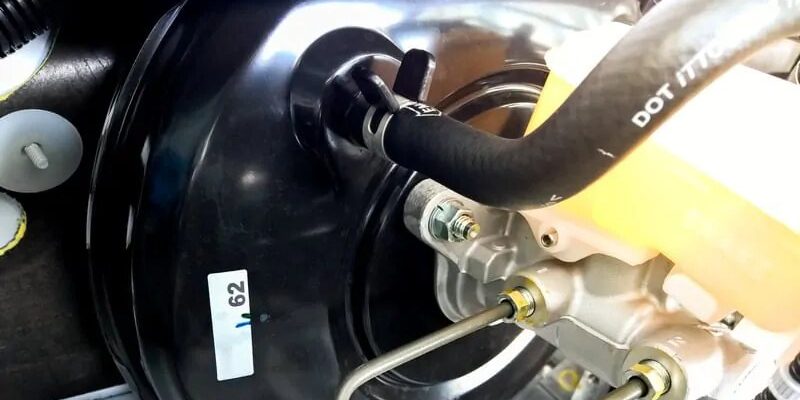
Before a mechanical device known as a power steering was invented, people had to apply a lot of force to drive, which nowadays feels effortless. Power steering system helps every driver to turn the wheel without applying no extra force.
With this invention, another system, called a brake booster, appeared to help drivers stop their vehicles faster and easy. Without them, driving would feel as a hard work, and after each ride you’d feel tired and sore. It’s not surprising, knowing that an average weight of a car is somewhere around four thousand pounds. And without a working brake booster, you would literally feel this weight with your legs.
In simple words, a brake booster is designed to amplify the force you apply to a brake pedal. After you push your feet on the pedal, the brake booster adds somewhere around three hundred pounds of force and transfers it to a master cylinder.
A common brake booster has two chambers inside of it, separated from one another by a diaphragm. The first chamber has to be connected to a brake pedal, while the second is connected to a master cylinder. There is also a pushrod going through a diaphragm all the way up to a piston of the master cylinder.
Working Pattern of the Brake Booster
1. While your engine works, a good amount of air rushes through an air intake valve. At the same time, using a vacuum hose, each chamber inside the booster drops the pressure to the point of vacuum.
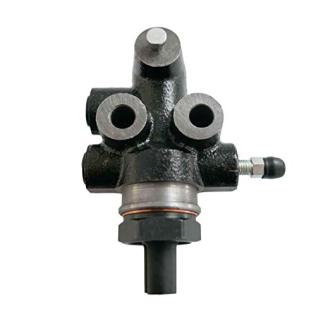
2. Pressing vehicle’s brake pedal moves the rod in order to open an air valve.
3. Then the air enters the first chamber, which is closer to the brake pedal. This process creates an atmospheric pressure. There is also a one-way check valve of the vacuum hose that makes sure no air is getting out.
4. Because there is a pressure difference, it allows the second chamber, which is closer to a master cylinder, to use the intake vacuum and pull on the diaphragm.
5. And so it goes to a full circle. You push on the brake pedal, the rod picks it up, but then the diaphragm, together with you, pulls the same rod, amplifying the force.
6. This multiplied force is transferred to the master cylinder piston.
7. When you release the brake pedal, it closes the air valve immediately in order to stop the process.
Vacuum Pressure Malfunctions and Repairs
If there is not enough vacuum inside brake booster chambers, the rod cannot be pushed by the diaphragm into the master cylinder. It makes the brake pedal harder to push. For those who has knowledge in mechanics, the optimal number of vacuum is 18”, while the atmospheric pressure for cars located at sea levels should be 14.70 pounds per one square inch.
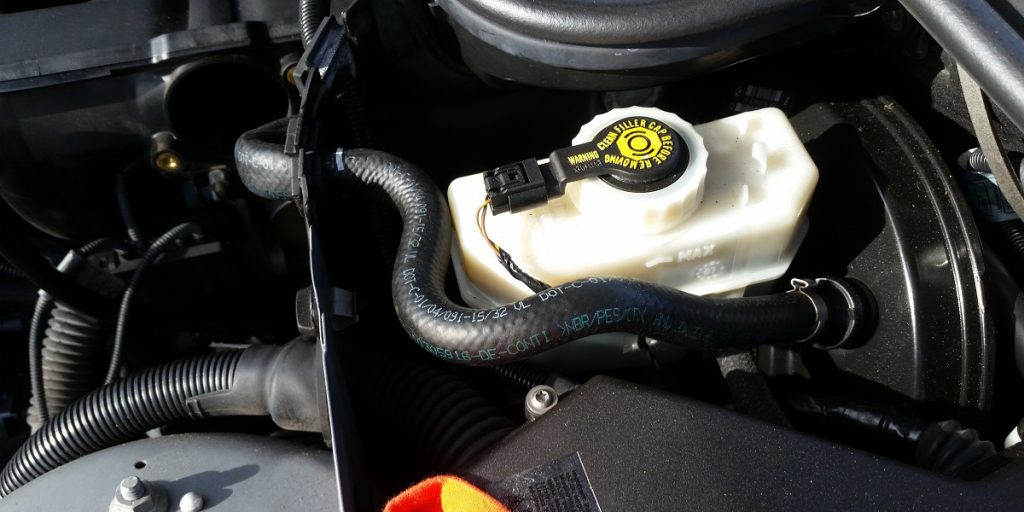
First thing to check, if the vacuum pressure is insufficient, should be a vacuum hose that connects the engine and power booster. If there is some obstruction in the hose, that stops a vacuum from being pulled on the booster, it will create an effect of hard brake pedal. Vacuum hose can wear out through time, it may be somehow damaged or be torn apart if it’s old enough.
If someone had changed a factory vacuum hose before, there is a chance that the one they had replaced it with is of the wrong type. So it doesn’t allow the pressure to build up to a normal figure.
The correct vacuum hose for a brake booster should be 11/32”. The common mistake of drivers is to think that power booster vacuum hose should be the same size as the fuel hose. While they look alike, they are designed to function under different conditions. Fuel hose cannot handle the type of interaction that happens with the work of brake booster. While the fuel hose is created to handle huge pressure and expansion, the vacuum hose is created to handle sucking inside and imploding.
Useful insight: any vacuum hose is manufactured as _/32 inner diameter.
Depending on the manufacturer, a vacuum hose can cost somewhere between ten and three hundred dollars, not including the car service.
Broken Check Valve in the Booster
If you’ve read this article carefully, you know that brake booster works using the difference in pressure. This difference can be undermined if the one-way check valve is malfunctioning. If the valve is broken, it lets the air to go out the first chamber, and the accumulated power drops. Then you have to use your own force to stop the car, which feels like hard brake pedal.
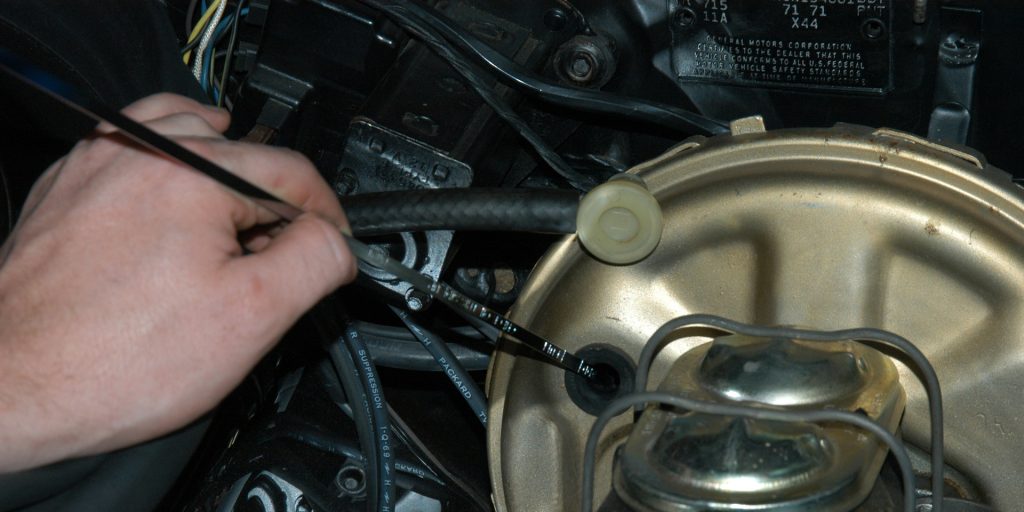
Evidently, the check valve is one of the most important parts of the brake booster. The cost to replace this part of the brake system is usually somewhere around one hundred dollars including the work of a car service.
If you can reach the brake booster yourself, you can check if the valve malfunctions just by removing it from the booster and vacuum hose. Now blow through the valve from the side where it was connected to the hose. If you feel that the air is coming through, you have a defective one-way check valve and it has to be replaced by a new one.
A Defective Brake Booster
Of course, there is a possibility that other malfunctions in the brake booster created an effect of a hard brake pedal. Or maybe this spare part just got broken by itself as it got old enough. Brake booster is a complicated device with many parts moving and working under constant changing of pressure. Malfunction in the valve can create a hole in the diaphragm between chambers, so that the booster will not be able to work on the pressure as before.
You can’t look inside a brake booster to see if it’s broken, but you can do a hands-on diagnostic which would help you understand if the booster works properly.
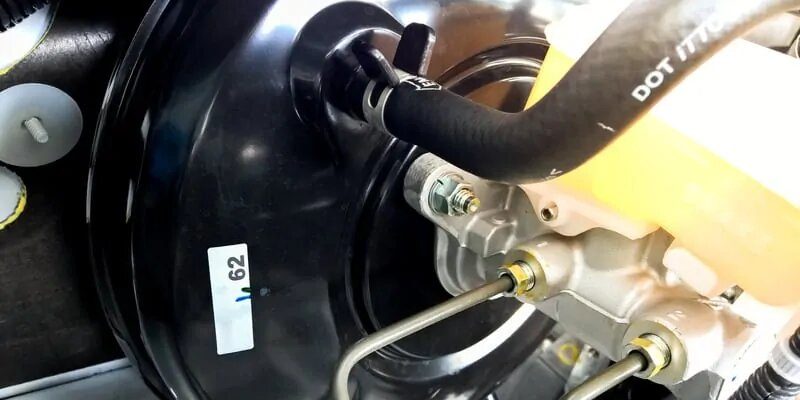
How to run the diagnostics on the brake booster?
Important! Run these diagnostics in the garage, at the car service or parked somewhere safe, don’t do it while parked on the side of the road.
First of all, turn off the engine. Now push and release your brake pedal 5-10 times to release any pressure stored in the brake booster. When you decide it is time to stop pushing, don’t release your foot completely, hold the pedal down gently, but not completely to the ground. Don’t push all the way down, just imagine you are staying on the traffic light stop and holding down the brake pedal for safety purposes.
While keeping your foot on the pedal, start the engine. Keep attention to what your foot feels, this is an important part of the diagnostics.
If you feel like the pedal suddenly became a little easier to push down, and it even drops down under your foot, it means that the power booster is working correctly. What you feel is a proper pressure difference. A vacuum was created after the engine started pushing the air into the first chamber. A diaphragm inside the booster moved forward to the second chamber. This is how a normally working brake booster feels under the diagnostics.
But if you don’t feel any difference after turning on the engine, while your foot is on the pedal, it means the booster or some parts of it are broken. It means that after the fuel gets ignited, no proper pressure was created in the first chamber, or no vacuum was settling down in the second chamber.
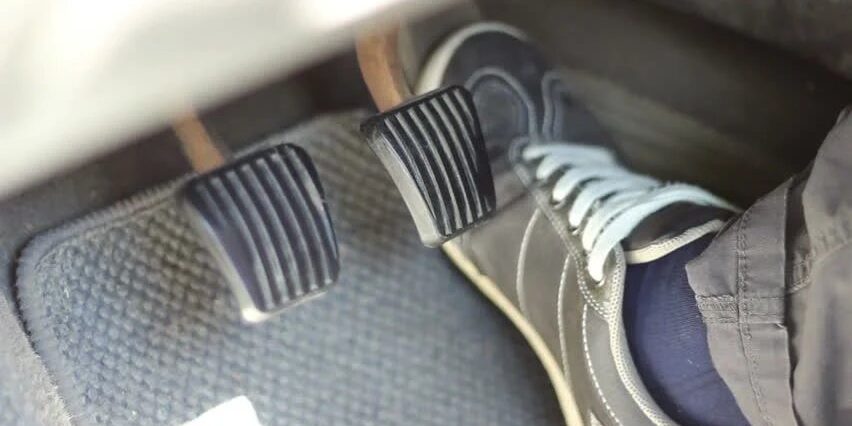
Other symptoms of brake booster malfunctions include considerably increased stopping distance and signs of leakage under your car. The first symptom may manifest itself without you actually feeling that there is something wrong with the brake pedal. You’ll just notice that it takes more time than usual to come to a full stop. The second symptom, although applicable to many other breakages, may indicate that a brake fluid is leaking out.
You may also hear a hissing sound when pushing on the brake pedal. Also, a Check Engine Light or other warning icons can appear on the dashboard, warning you that something is wrong in the car’s system.
If you have a modern vehicle with On-Board Diagnostics, almost all breakages relevant to a hard break pedal effect are detected and transformed into trouble codes, and then stored in the on-board memory. You can access these trouble codes using on OBD code reader or in the car service.
Some tips for conclusion
Some people ask if they can drive without properly working brake booster. Questionably, but yes, for a brief period of time to get to a car service. You would have a hard time stopping, so you would have to drive more slowly too. But if there is a brake fluid leakage, do not drive the vehicle, no matter the circumstances. If the brake system lost plenty of brake fluid, the pedal may not work on the road at all, so you’ll have to wait for a vehicle to stop by itself, which is, without a question, a hazardous situation.
Depending on the manufacturer and the quality of a new brake booster, the spare part alone could cost you up to one thousand dollars. It would also take up to $300 for mechanic’s service. But you never should be greedy at the cost of your safety.

